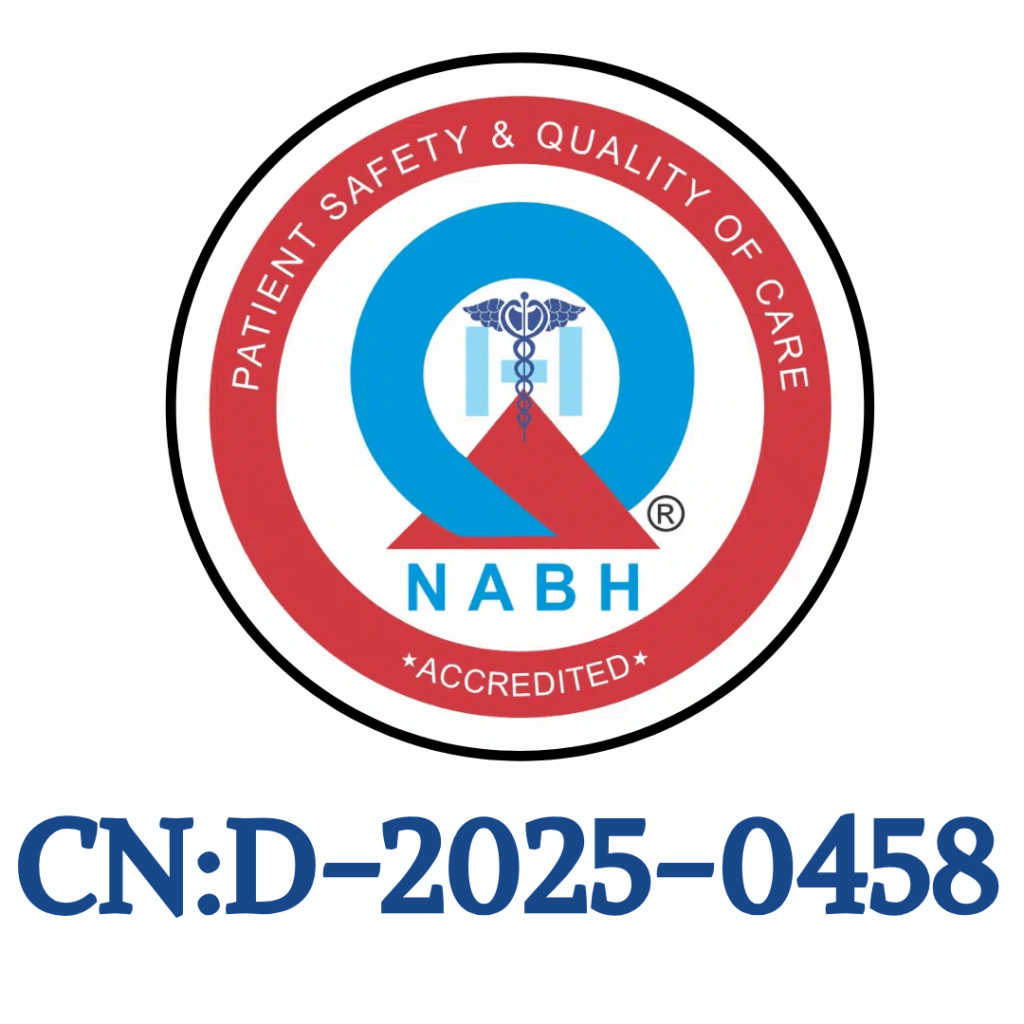WHAT IS DENTAL EXTRACTION?
A dental extraction is a procedure performed by a dentist or oral surgeon to remove a tooth from its socket in the jawbone . There are several reasons why a tooth extraction might be necessary, including:
- Severe tooth decay that cannot be repaired with a filling or crown
- Advanced gum disease (periodontitis) that loosens the teeth
- Impacted wisdom teeth
- Cracked or broken teeth
- Extra teeth that crowd other teeth
- To make room for dentures or braces
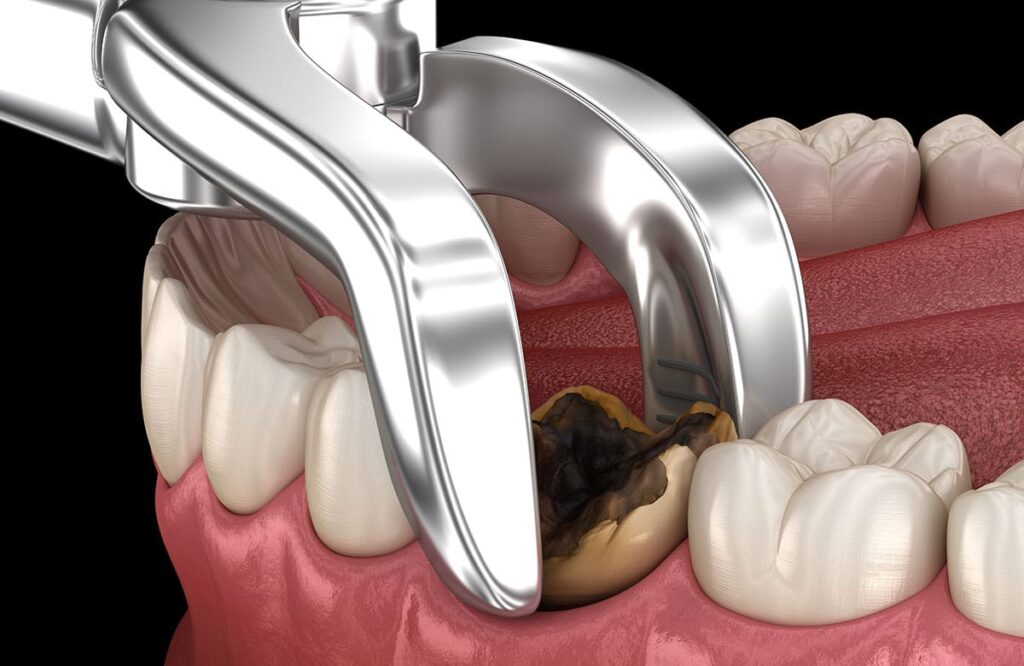
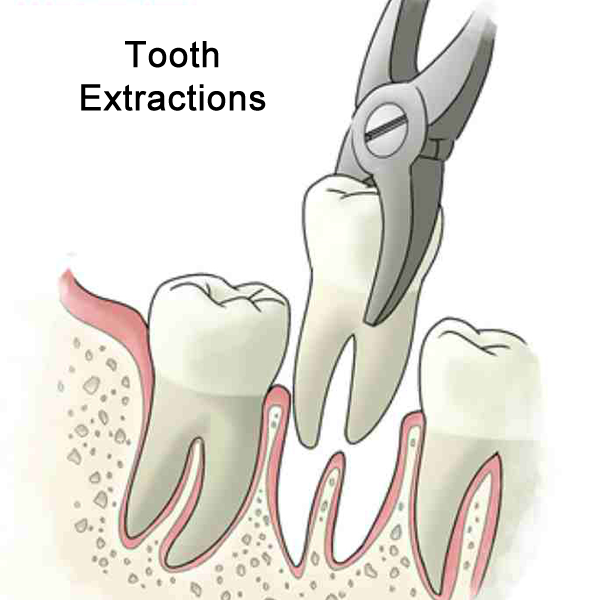
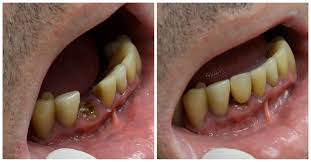
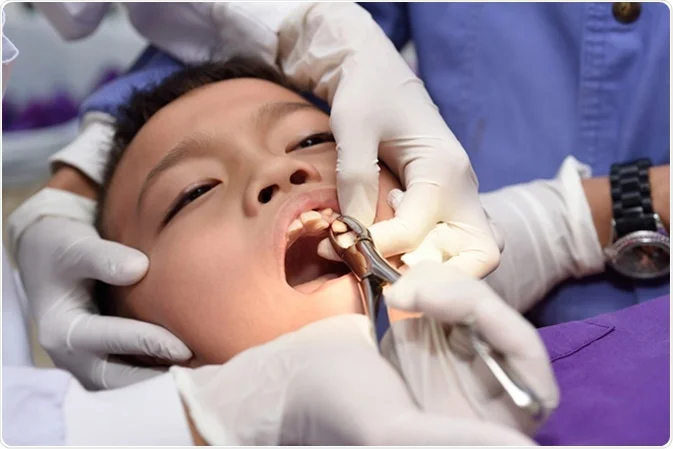
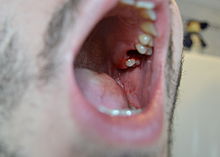
| DENTAL EXTRACTION PROCEDURE:
Dental extraction is when a dentist removes a tooth from its socket in the bone. This might be done for various reasons, like if a tooth is damaged, decayed, or causing problems with the alignment of other teeth. Here’s a simple rundown of what happens during a dental extraction:
- Assessment: Before the extraction, the dentist will examine the tooth and take X-rays to see its position and condition. This helps them plan the procedure.
- Anesthesia: To make sure you don’t feel any pain during the extraction, the dentist will numb the area around the tooth with local anesthesia. Sometimes, they might use sedation to help you relax during the procedure.
- Extraction : After numbing the area, the dentist will employ specialized tools to gently free the tooth from its socket. They may gently rock it back and forth to widen the socket and make it easier to remove the tooth. In some cases, they might need to cut the tooth into pieces for easier extraction.
- Aftercare: After the tooth is removed, the dentist will give you instructions on how to care for the extraction site. This might include avoiding certain foods and activities that could irritate the area, as well as taking pain medication if needed.
- Healing: The extraction site will typically heal within a few days to a few weeks, depending on the complexity of the extraction and your body’s healing ability. During this time, it’s important to follow your dentist’s instructions and keep the area clean to prevent infection.
| BEFORE DENTAL EXTRACTION:
- Preparation: Before your dental extraction, your dentist will examine your tooth and may take X-rays to understand its position and condition. This helps them plan the procedure.
- Medical History: You should inform your dentist about any medical conditions you have and any medications you are taking. This helps ensure your safety during the extraction.
- Anesthesia Discussion: Your dentist will discuss anesthesia options with you. They may use local anesthesia to numb the area around the tooth or sedation to help you relax during the procedure.
- Instructions: Your dentist may provide specific instructions, such as avoiding eating or drinking for a certain period before the extraction, especially if you will be receiving anesthesia.
| AFTER DENTAL EXTRACTION:
- Bite on Gauze:
Following the extraction, your dentist will position a gauze pad on the area where the tooth was removed. You’ll need to gently bite down on it to help stop any bleeding. Change the gauze as instructed. - Pain Management: You may experience some discomfort after the extraction. Your dentist may prescribe pain medication or recommend over-the-counter pain relievers to manage any pain.
- Rest and Recovery: It’s important to rest and avoid strenuous activities for the first 24 hours after the extraction. The healing process and reducing the likelihood of complications..
- Ice Packs: Applying an ice pack to the outside of your cheek near the extraction site can help reduce swelling and discomfort.
- Oral Hygiene: Follow your dentist’s instructions for oral care after the extraction. This may include avoiding brushing near the extraction site for the first day and gently rinsing your mouth with warm salt water after meals to keep the area clean.
| CONCLUSION:
In conclusion, dental extraction is a procedure where a dentist removes a tooth that’s causing problems. It’s done to help keep your mouth healthy and free from pain. Although it might seem scary, dentists are skilled at making the process as comfortable as possible. After the extraction, it’s important to follow the dentist’s advice for healing properly. Remember, taking care of your teeth is essential for a happy and healthy smile!
FAQ
Most frequent questions and answers
evere decay, gum disease, impacted teeth, or prep for dentures/braces.
There are several reasons why a dentist might recommend a tooth extraction. Some common reasons include:
- Severe tooth decay that a filling or crown can’t fix
- Advanced gum disease (periodontitis) that loosens teeth
- Impacted wisdom teeth causing pain or problems
- Cracked or broken teeth beyond repair
- Extra teeth crowding other teeth
- Making space for dentures or braces
No, a dental extraction should not be painful. Your dentist will use local anesthesia to numb the area around the tooth before the extraction. You might feel some pressure or pushing during the procedure, but not pain. They may also offer sedation options to help you relax during the process.
Following your dentist’s aftercare instructions is crucial for a smooth recovery. Here are some general things to expect:
- Mild swelling and discomfort for a few days
- Bleeding at the extraction site, controlled with gauze pressure
- Pain medication prescribed by your dentist to manage discomfort
- Soft food diet for the first few days to allow healing
- Gentle salt water rinses to keep the area clean
Most people recover from a simple extraction within 3-7 days. Recovery from a surgical extraction may take longer, depending on the complexity of the procedure. It’s important to listen to your dentist’s instructions and attend any follow-up appointments to ensure proper healing.


